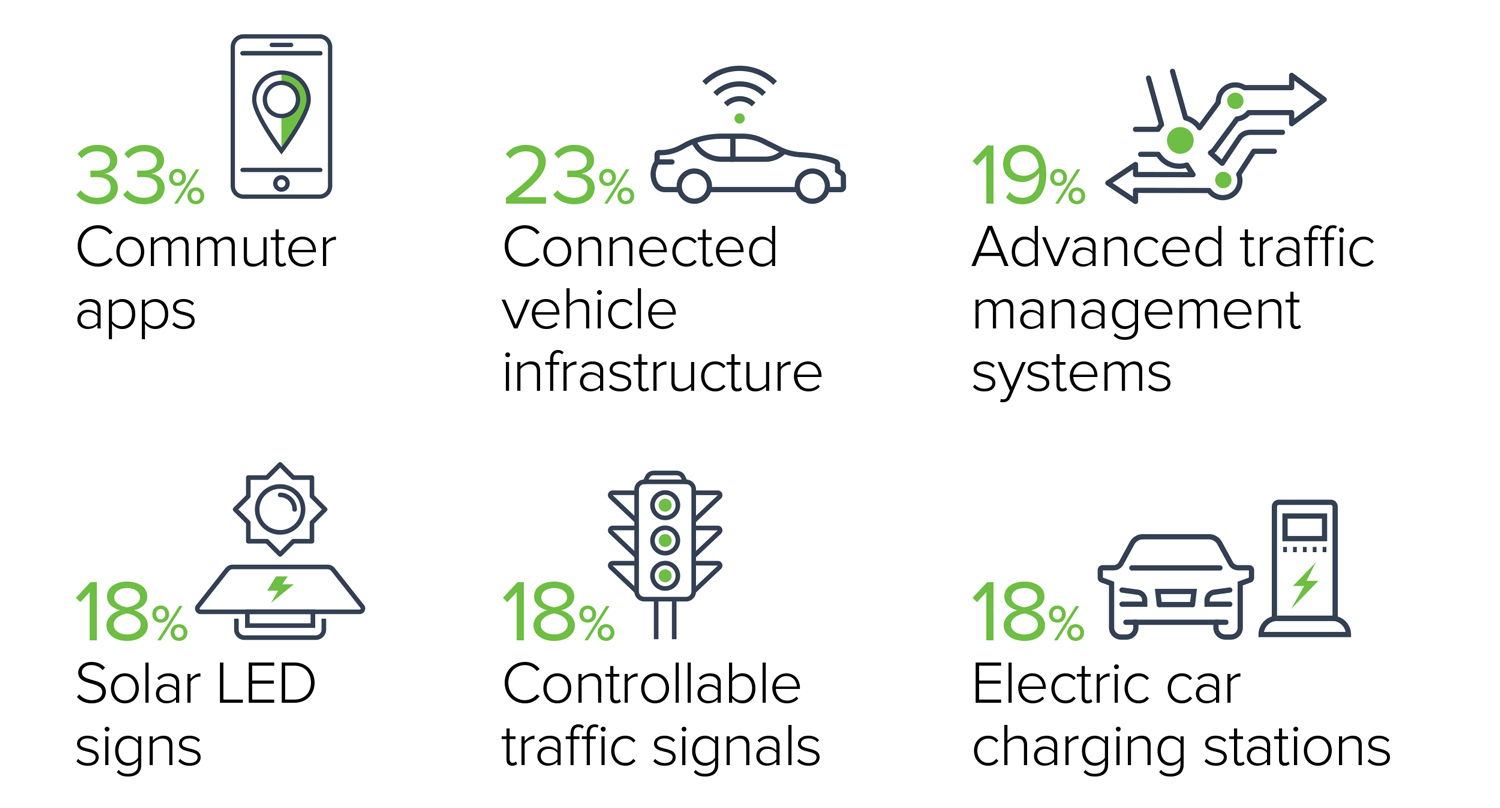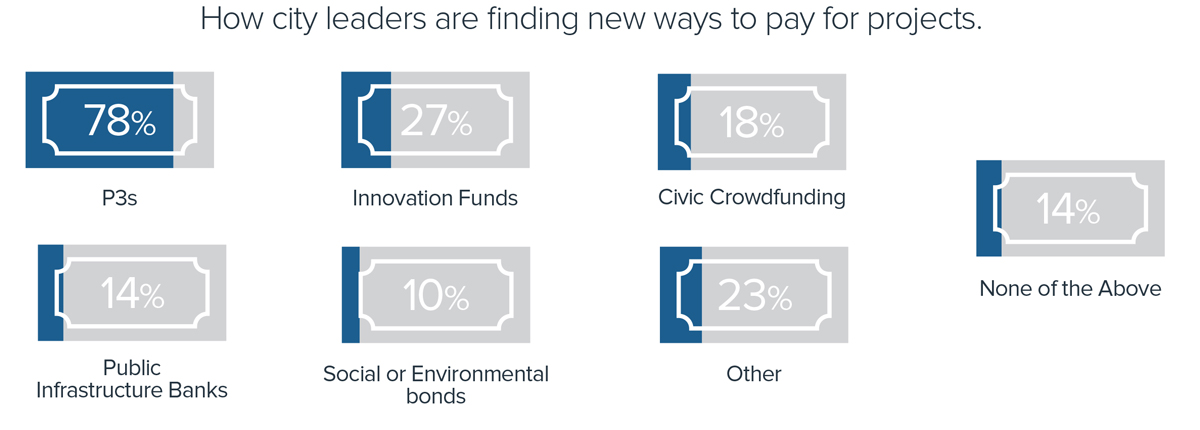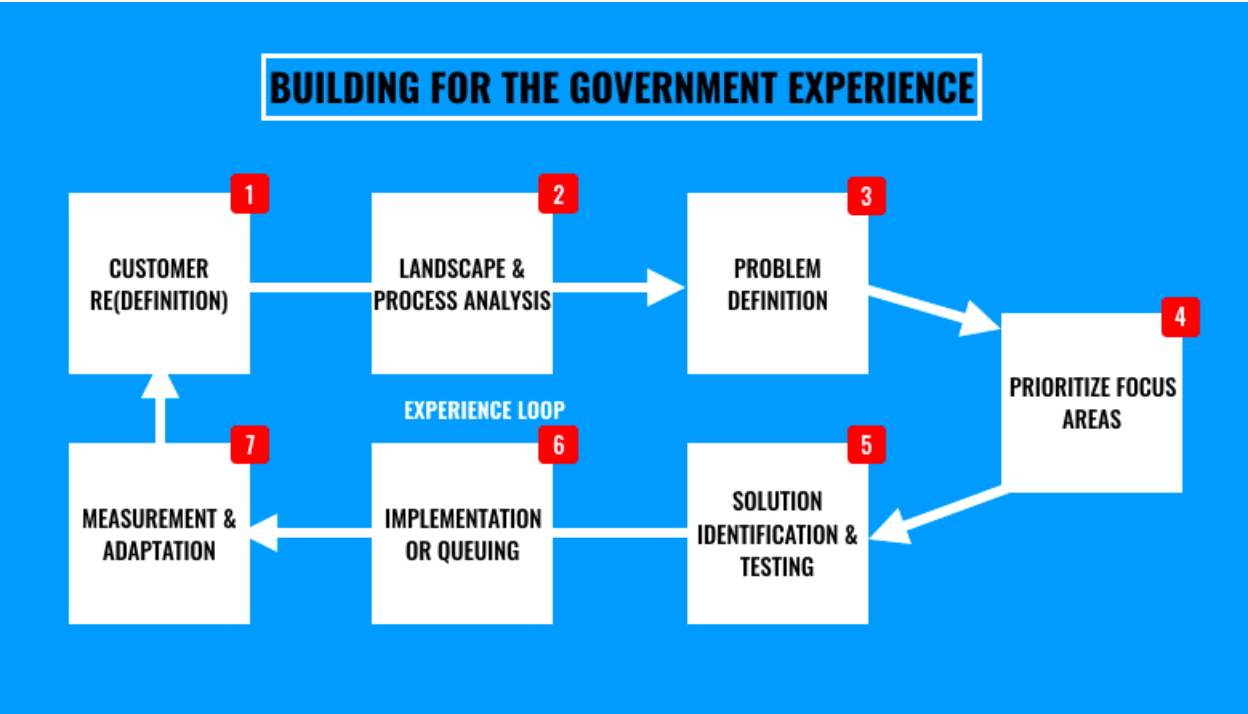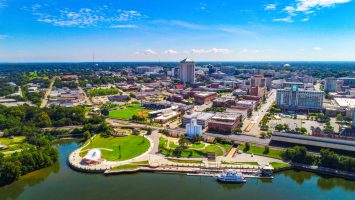
By: Dustin Haisler and Chelsea Collier
From New York City to Dubai, cities across the globe are racing to exemplify the best model of what it means to be smart. Using significant capital investment, public-private-partnerships (P3s), and new internal innovation-focused positions – the fascination with becoming a smart city is at an all time high. The desire to be a smart city is actually not a new concept – the information and communication technology (ICT) approach to cities began in the early 1970s in Los Angeles and continued to increase in focus as technology has become increasingly democratized. The early days of the U.S.-focused smart cities movement has been dominated by shiny application or hardware, rather than stories of lasting sustainable change. Now that some maturing of the movement has occurred, it’s time that we move beyond the hype, recognize the more deliberate champions and outline a few meaningful steps to becoming smarter.
So then what is a smart city?
When we first set down to write this piece – it became clear that part of the challenge with outlining steps to become a smart city is that there are a multitude of definitions.
- A smart city is a developed urban area that creates sustainable economic development and high quality of life by excelling in multiple key areas; economy, mobility, environment, people, living, and government. (Business Dictionary)
- A smart city is an urban area that uses different types of electronic data collection sensors to supply information which is used to manage assets and resources efficiently. (Wikipedia)
- A smart city is a municipality that uses information and communication technologies to increase operational efficiency, share information with the public and improve both the quality of government services and citizen welfare. (IoT World)
The data also shows that cities are approaching smart from various, tech-centric, approaches:

So what’s the actual definition? The answer is that it depends. What makes a city smart is contextual, meaning there is no silver bullet or city-in-a-box utopia There are however, common fundamental ingredients that enable communities of all sizes to become smart in their own way – and it all starts with people.
Start with people
A city is not a city without the residents and visitors that bring it to life. The journey to becoming smart requires a human mindset and approach. Today, it may seem logical to apply an innovative technology to a societal problem, but cities miss a significant element of validation if they do not build solutions around the needs of the people they serve.
For example, a new virtual reality data visualization app for open data may seem like the right approach to increase engagement (plus it just sounds cool), but these innovations are often deployed without understanding and mapping who is expected to use the app. Without this critical step, the effort will ultimately fail or gain too small an adoption rate to justify the time and/or money used to implement it.
How do you become smart?
Once you understand that people are at the center of smart, you can begin your city’s digital evolution.
We suggest the following 7-Step Process:
- Define your customer (your people)
- Map your landscape
- Define your problem
- Prioritize your focus areas
- Identify solutions and test
- Implement solutions
- Measure and adapt
1 – Define your customer (your people)
First, identify the people you will be engaged – this includes your employees! Identify their unique attributes and develop a series of personas to help you dive deeper. You should be able to answer questions such as: How do they access your services today? How long does it take them to complete a transaction with you? What devices do they own? What are their biggest challenges? What is standing in the way for them in terms of the outcome that you seek?
2 – Map your landscape
Mapping your landscape involves looking at the macro trends of how people are using technology in similar ways in other cities and other industries. You should be able to answer questions such as: What is the most common way for people to pay their bills? How do companies balance in-person and online transactions? What are other cities doing?
3 – Define your problem
Once you understand who your customer is and the larger landscape that they are operating in, you can now look for gaps in between the two, which is where you’re able to identify problems. Many city leaders want to start with this step, but don’t realize how their own perceptions and experiences bias the outcome. Steps 1 and 2 are essential to defining “your” problem.
4 – Prioritize your focus areas
In order to maximize your input, you’ll need to prioritize the problems you want to solve. One of the best ways to do so is by evaluating the number of people impacted by a given problem or gap to start. As an added filter for prioritization, estimate the time, complexity and/or costs associated with a fix. You should be able to answer questions such as: How many stakeholders are involved in this problem? How do other cities address this problem?
5 – Identify solutions and test them
Once you have identified problems and prioritized how to tackle them, look for solutions that you can use to address them. These solutions are most always present in your community, and waiting to be tapped. Go outside of your traditional methods and involve your community leaders in sourcing new approaches. This is a great stage to find ways to pilot new technologies to validate their effectiveness in solving the problem you set out to solve. It’s important to map out what your goals are at this stage so you have a mechanism to evaluate success.
6 – Implement solutions
Once you’ve successfully identified and tested solutions, now it’s time to plan for their formal rollout. This stage will require you to find a mechanism to rollout new technology at scale – sometimes through public-private-partnerships (P3s), bonded debt, or general fund. Below are a few ways cities are funding these projects today:

7 – Measure and adapt
The final stage of the cycle, is to measure the impact of your solution based on the original challenge. You should be able to answer questions such as: What percentage of my addressable users are using the new process? Is it trending up or down?
Where We Go From Here
This is a brief introduction to get you started on the exploration of becoming a smarter city. The journey to smart isn’t a one-time event, it’s an iterative process. It’s important to follow these seven steps and adapt them to the context of your city and unique organization. This process is not all inclusive and there is much to be added and adjusted.
Starting with understanding the intersection of city and people will give you a foundation to identify, test, and adopt new, lasting solutions that create impact that last well-beyond a vapid headline, shiny application or short-term pilot project.
This process is not limited to big municipalities with booming populations. While larger cities certainly have more resources, they are also challenged to move quickly. And speed is a necessary ingredient in the global smart cities race. Smaller cities, counties and even state-level organizations can follow these seven steps to create more connected cities that are ready for the modern marketplace.
Enjoy!



